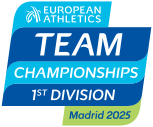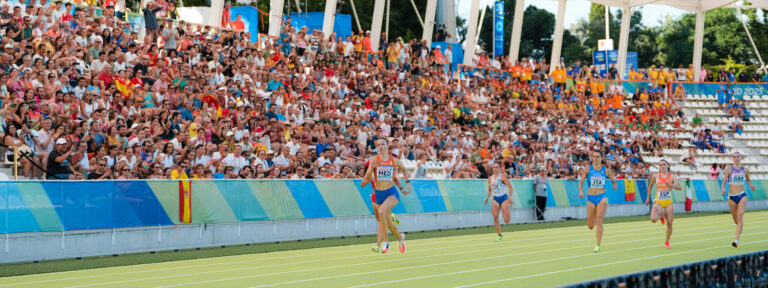A deep dive into the competition system of Madrid 2025, real proof that athletics is not just an individual sport.
16 countries. 16 squads. 16 flags waving from June 27th to 29th at Vallehermoso Stadium, where Europe’s best athletes will compete. On the iconic green track, heart of Madrid, European Team Championships will put an end to the belief that claims athletics is an individual sport. No, it’s not.
In competitions like this, where the sum of individual performances only serves for common goals. Nobody will compete for themselves, all will compete with the mission of making their supporters happy, of representing their colours and showcasing why they belong to First Division, Europe’s athletic elite. That’s what makes this event so special: stars know victory can be decided by a single centimeter or a fraction of a second. Nobody, under any circumstances, will give up. They will fight until the very end for their rank, no matter how modest it may seem.
There will be 16 teams, second time with this number of participants after Silesia 2023. Men and women will compete together, once again proving that our sport needs no lessons when it comes to gender equality. A total of 35 events, 17 on each gender and mixed relay 4×400 meters. That means all Olympic program events except the 10,000 meters, heptathlon, decathlon and the men’s and women’s 4×400 relays.
The winner? Always the best. But what does that mean on this competition format? The one with the most points. 16 points to the winner of each event, with one point less for each subsequent position – meaning the last-place finisher gets one point. In case of a tie, the points are split: for example, if two athletes tie for first place, their combined points (31) are divided equally, meaning each receives 15.5 points. if there were two first the sum of the two of them would be splitted (31) over the two: meaning 15,5 points each. Who gets relegated? It’s simple: the three teams with the lowest scores.



